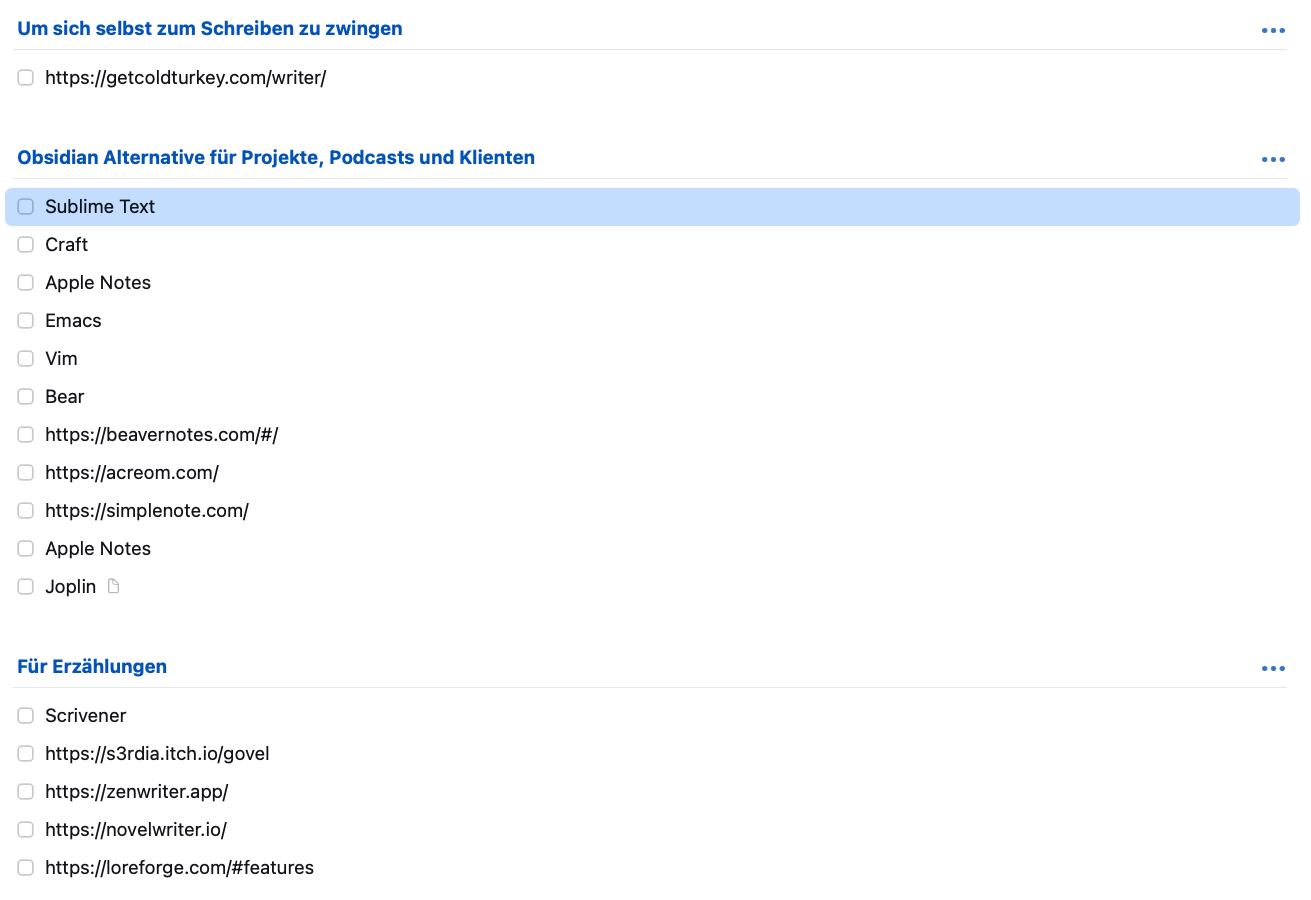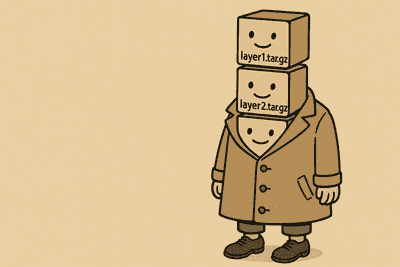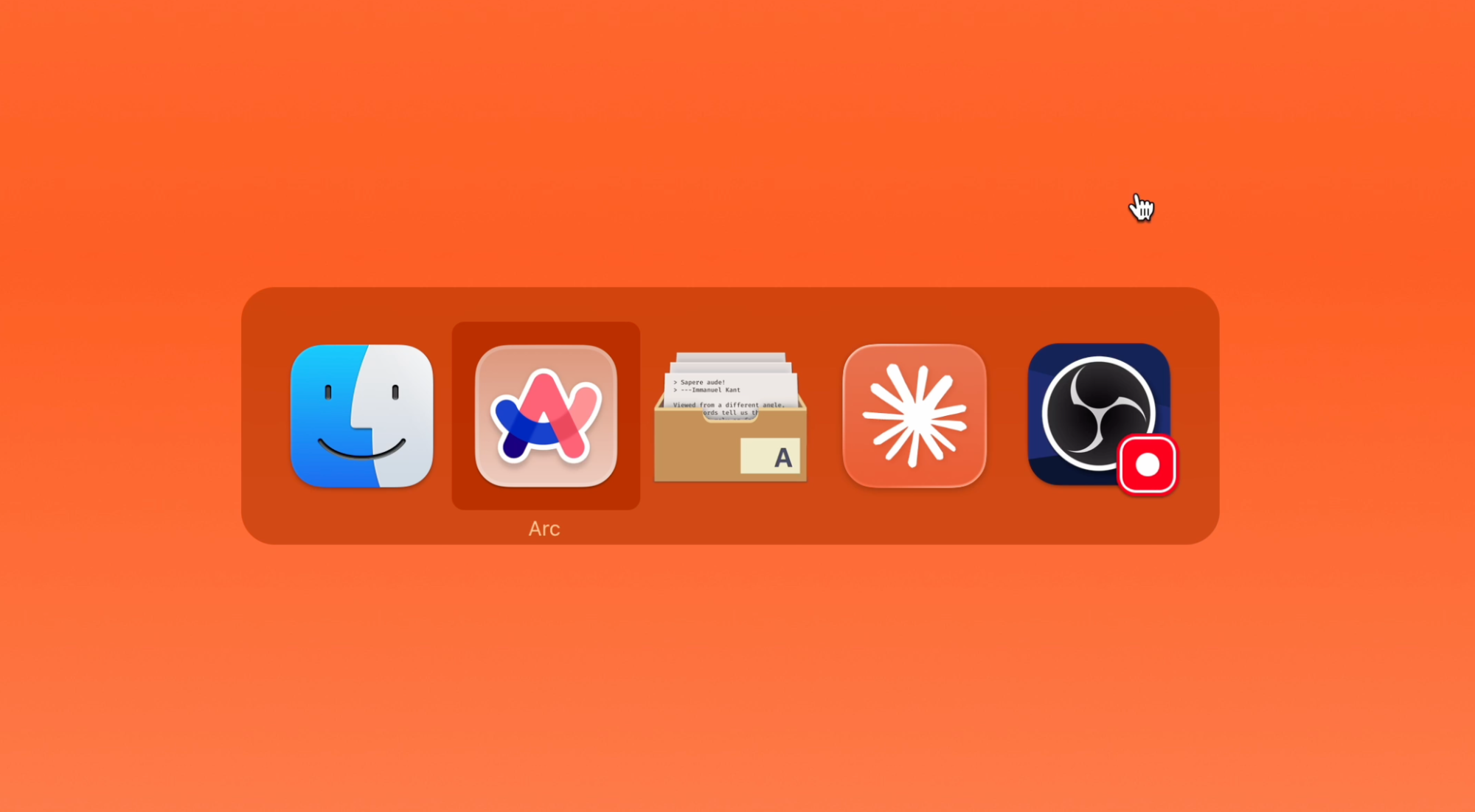is there a way to "record" a emacs buffer?
I want something that can record the buffer like we can record terminal using ascinema, do we have that kind of too?
submitted by /u/Mysterious_Help7843
[link] [comments]









